Lifestyle
10 Modern Upgrades That Took Simplicity Out Of Daily Life

Innovation often promises ease, but the trade-off is rarely mentioned. Tasks that once took seconds to complete now require accounts and updates. As a result, convenience has grown more complex. Many of today’s “upgrades” demand maintenance and patience. Here’s a closer look at 10 modern changes that subtly replaced simplicity with a new layer of everyday friction.
Smartphones Replaced Simplicity With Stress

The landline was once the cornerstone of the American household, but by 2022, fewer than 40% still had one, down sharply from over 90% in 2004. In its place, smartphones have taken over daily life, with Americans now checking their phones an average of 352 times a day. This constant connection has led to a new kind of stress: phone-separation anxiety, now clinically recognized as nomophobia and actively studied in psychology.
Streaming Made Watching TV Exhausting

No remote, no channels—just endless scrolling. Over half of U.S. viewers report experiencing stress while streaming. In 2024, users managed an average of 3.6 subscriptions. Decision fatigue, now clinically validated, makes relaxing feel like work. Some services even auto-remove paused shows, leaving viewers more annoyed than entertained.
GPS Erased Our Sense of Direction

With 83% of drivers now relying on GPS, frequent use is taking a toll on the brain’s spatial awareness. Research shows that overdependence on navigation technology can reduce activity in the hippocampus, the brain’s key center for memory and orientation. Meanwhile, paper maps have all but disappeared from cars, replaced by a growing reliance on digital directions
Smart Appliances Require Apps Just To Function
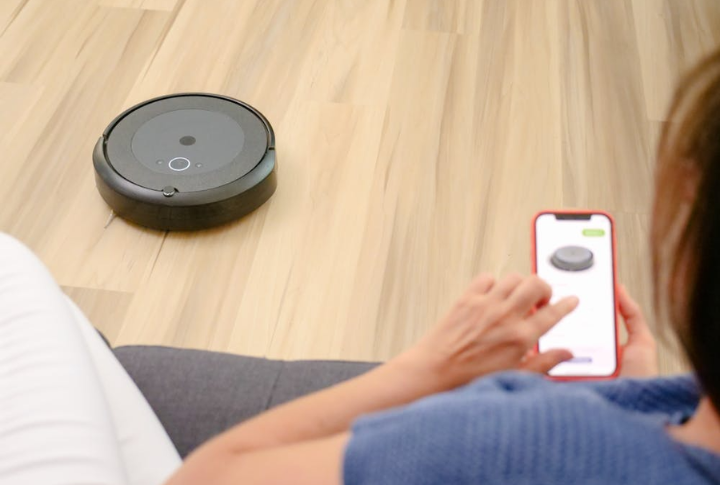
What used to be powered on with a button now needs an app and Wi-Fi. Over 70% of smart appliances lose features without connectivity. Some become obsolete after software support ends. Even setup often exceeds 30 minutes, turning daily tasks into app updates and pairing sessions.
Two-Factor Login Slows Everything Down

Security got smarter and more frustrating. 79% of Americans now use two-factor authentication. SIM swapping can bypass SMS verification, and losing an authenticator app can permanently lock users out. Account recovery often spans 24–48 hours, turning login attempts into tech support headaches.
Digital Banking Removed Human Help

Between 2020 and 2023, cyberattacks on U.S. banks surged by 50%. At the same time, more than one in five Americans experienced digital fraud firsthand. Adding to the challenge, bank branches closed at a rate of 9% between 2017 and 2021, limiting in-person support. In response to these growing risks, many individuals have turned to password managers as a way to regain a sense of security.
Bluetooth Devices Constantly Disconnect
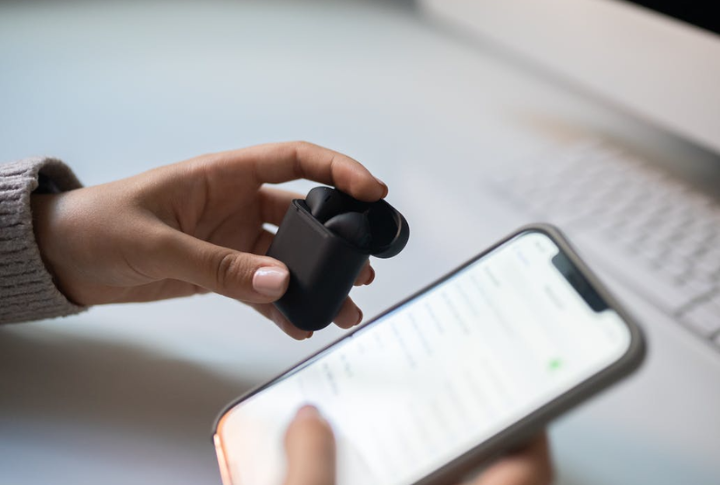
Pair, unpair, charge, repeat. Bluetooth earbuds often disconnect due to software updates or depleted batteries. The average household owns 3 to 5 Bluetooth devices. Even microwaves and routers can cause interference. Instead of simplifying tech, Bluetooth has made basic listening a multi-device management routine.
Smart Thermostats Are Overly Complicated
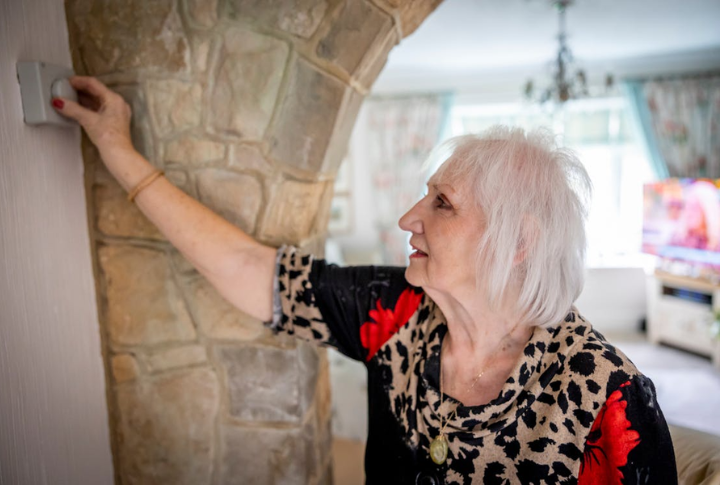
Controlling your home’s temperature now often relies on Wi-Fi and a smartphone app. However, many smart thermostats either hide manual controls or eliminate them entirely. As a result, when the internet goes down, essential functions can suddenly become unavailable. Even tech-savvy users can find themselves frustrated by settings that used to be managed with a simple turn of a dial.
Self-Checkout Created More Work

Fewer cashiers, more hassle. Self-checkout lanes see 31% higher theft rates, but that hasn’t stopped their expansion. Scanner errors frustrate customers, and human staff still step in for alcohol checks and misreads. Surveillance AI now watches every scan, making quick shopping feel more like a test.
Home Assistants Misfire And Overlisten
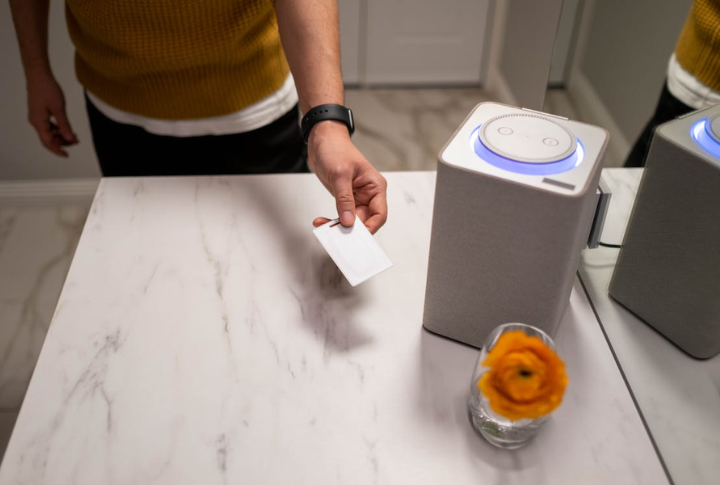
Alexa, Siri, and Google Assistant often respond to sounds they were never supposed to hear. 41% of users worry about being recorded. Voice assistants misfire dozens of times per day. Some even activate from TV commercials, adding more confusion than convenience to modern households.
Lifestyle
10 Limitations And Habits Women Break Free From After 40

Life after 40 is about breaking free from old molds and embracing what feels right. Wondering what that looks like? It’s a transformation that lets women redefine their priorities, choices, and purpose. Read on to discover the key shifts that come with this exciting new chapter.
Chasing Perfection In Appearance

There’s a freedom that comes with no longer obsessing over every flaw. Wrinkles and gray hair aren’t signs of aging; they’re badges of a life well-lived. These women embrace their natural beauty, no longer feeling pressured to look “perfect” for anyone but themselves.
Staying In Unfulfilling Jobs

A paycheck alone isn’t enough to keep you employed. Women over 40 realize that time is too precious to spend in a role that doesn’t bring them joy or purpose. Whether it’s a career change or pursuing a passion project, it’s about creating a life that is meaningful.
Fitting Into Traditional Gender Roles

The idea that women must fit neatly into predefined boxes—wife, mother, caregiver—is being replaced by something more freeing. In their 40s, women are no longer bound by society’s rules. They’re defining who they are on their own terms.
Getting Forced Into Considering Marriage For The Sake Of It

What truly matters is staying true to themselves and not fitting into a mold. Marriage has lost its hold as the ultimate goal for many of them. They have realized that fulfillment doesn’t depend on a traditional relationship but rather on embracing what brings them personal joy.
Conforming To Other People’s Expectations

Living according to their own values replaces the endless effort to meet external expectations. The desire to please others diminishes, and they have a stronger sense of self, fully realizing this freedom as they enter the 40s.
Feeling Guilt Around Motherhood Choices

As women embrace the 40s, the pressure to have children becomes less prominent. If they choose to wait or decide not to have children at all, the decision is theirs alone. For many, fulfillment is found in paths that don’t necessarily lead to motherhood.
Trying To Be Everything To Everyone

It’s no longer about being everything to everyone. Women let go of the impossible task of juggling everything and start prioritizing what truly matters. The realization that boundaries are essential comes into focus when they start the 4th decade.
Staying Silent About Their Needs

Why are women beyond their 30s empowered to ask for what they want? Because they’ve stopped letting others’ expectations dictate their choices. In work, relationships, or friendships, they confidently voice their needs and desires, putting themselves first.
Following Trends Instead Of Personal Style

Style takes on a new meaning as women age. Forty-year-old women realize that fashion isn’t about keeping up with trends. It’s about wearing what makes them feel confident and comfortable, to reflect their true selves with every outfit.
Sticking To One Career Path

The idea of being tied to one career path for life feels like a thing of the past. These women love the fluidity of career changes, side gigs, or even starting their own businesses. They’ve learned that it’s okay to evolve and try new things.
Lifestyle
10 Criminal Minds Behind America’s Boldest Heists

America’s infamous thieves remind us of the impact of crossing ethical lines. These individuals did not simply unlawfully take possessions—they disrupted lives and exploited trust. While some faced consequences, others escaped justice, leaving a complex legacy behind. Here are 10 of the most notorious thieves in the history of America.
Jesse James

In 1873, Jesse James and his gang orchestrated one of America’s first train robberies near Adair, Iowa. They derailed the locomotive and escaped with $3,000 in gold. Pursued relentlessly by law enforcement officers, James evaded capture for years but was ultimately betrayed and shot by a member of his gang.
D.B. Cooper

Dan Cooper, infamously known as D.B. Cooper, seized control of a Northwest Airlines flight in 1971, demanding $200,000 and four parachutes. After receiving the ransom, he parachuted into the wilderness of the Pacific Northwest. A massive manhunt ensued, but Cooper was never found, leaving behind one of America’s greatest mysteries.
Jimmy Burke

Jimmy Burke masterminded the 1978 Lufthansa heist at JFK Airport, during which his crew stole $5 million in cash and $875,000 in jewelry. Despite meticulous planning, Burke’s associates became liabilities as they spent lavishly, which eventually drew the FBI’s attention. Burke avoided direct prosecution for the heist but faced incarceration for other offenses.
Alvin Karpis

Alvin Karpis, a key member of the Barker-Karpis gang, masterminded numerous robberies and kidnappings during the 1930s. Known for his calculating nature, Karpis became the first public enemy captured by J. Edgar Hoover. Despite his offense, his capture remains one of the FBI’s proudest moments.
Bernie Madoff

Bernie Madoff’s Ponzi scheme began in the 1980s, when he was promising consistent returns to high-profile investors. The deception unraveled in 2008 during the financial crisis. Then, he was captured by the FBI and was sentenced to 150 years in detention. His scheme remains the largest financial theft in history and has devastated countless lives.
Willie Sutton

Between the 1920s and 1950s, Sutton used clever disguises to rob over 30 banks. Captured multiple times, Sutton’s escapes were as legendary as his heists and earned him the nickname “Slick Willie.”The famous quote, “Because that’s where the money is,” is often attributed to him when asked why he robbed banks; however, he denied saying this statement.
Anthony Curcio

In 2008, Anthony Curcio used Craigslist to recruit decoys dressed as landscapers and confused witnesses during his armored truck heist. The meticulously planned operation netted him $400,000, but a tip from a homeless man led to his arrest. Curcio’s story later became a case study in modern criminal ingenuity.
Belle Starr and Her Gang of Thieves

Known as the “Bandit Queen,” Belle Starr led a gang that specialized in horse theft during the late 1800s. A charismatic figure, she charmed her way out of legal trouble multiple times. Starr was eventually ambushed, and she lost her life. This cemented her legacy as an infamous outlaw of the Wild West.
Frank Morris

Using his remarkable IQ, Frank Morris escaped Alcatraz in 1962 alongside two accomplices. They crafted life vests and a makeshift raft from raincoats and used papier-mâché heads to trick guards. Despite extensive searches, Morris’s fate remains unknown, fueling speculation about whether he survived the treacherous waters.
The Newton Gang

Led by Willis, Joe, Jess, and Wylie (“Dock”) Newton, This gang became infamous for a spree of bank and train robberies in the early 20th century. On June 12, 1924, they executed the largest train robbery in U.S. history near Rondout, Illinois, stealing over $3 million in cash, bonds, and jewelry.
Lifestyle
20 Everyday Designs That Favor Right-Handed People

Right-handed dominance in design is so common that most people don’t even notice it. Left-handed individuals, however, encounter small frustrations in daily life due to these biased designs. Here are 20 everyday objects that cater to right-handed users.
Scissors

Standard scissors are designed so that the top blade aligns for a right-handed grip. Lefties using them experience misaligned blades and uneven cuts. While special left-handed scissors exist, they’re rare and could be more expensive. Many left-handers simply adapt by cutting awkwardly or using their non-dominant hand.
Computer Mice

Walk into any office, and you’ll see the mouse on the right. While lefties can move it, ergonomic designs still favor right-handers. Shared workstations make it worse—settings often need to be reconfigured daily. It’s a small thing, but it’s a constant frustration.
Credit Card Machines and ATMs

Card slots, number pads, and styluses at ATMs are designed for right-hand use. Lefties must awkwardly reach across or switch hands. Even touchscreen payment terminals assume a right-handed user, which makes signing receipts and entering PINs feel unnatural.
Door Handles and Locks
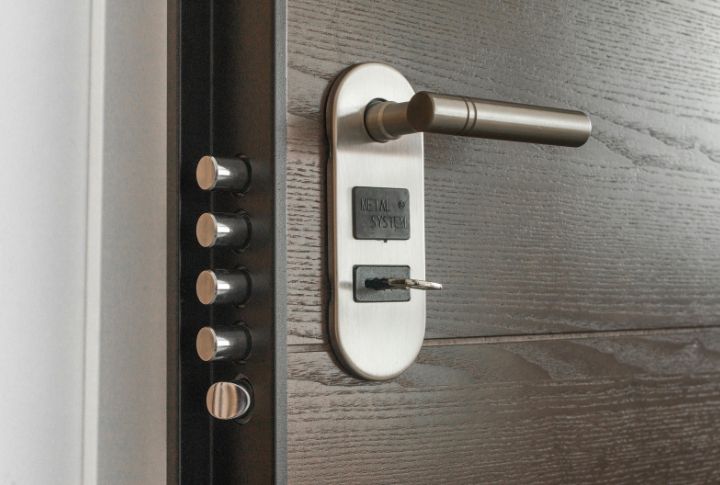
Most doors favor a right-handed push, and keyholes are placed for a natural right-hand turn. Left-handed people often find themselves fumbling with locks and twisting their wrists in uncomfortable ways. Public buildings, especially, seem to be designed under the assumption that everyone is right-handed.
Spiral Notebooks

Left-handed students know this struggle all too well. Spiral bindings press into the wrist, making writing painful. Three-ring binders? Even worse. Many lefties flip notebooks upside down or write at off angles to avoid discomfort. Meanwhile, right-handers remain blissfully unaware.
Can Openers

Most manual can openers require a right-hand turn. This means using an uncomfortable grip and struggling with an unnatural twisting motion for lefties. Left-handed versions exist, but they’re uncommon, so left-handers struggle with everyday kitchen task.
The Infamous Ink Smudge Problem

Lefties drag their hand across freshly written ink, smudging words as they write. Pens, markers, and even certain paper textures make it worse. Many left-handers develop a “hook” grip to avoid the mess, but this unnatural posture can lead to wrist strain over time.
Guitars and Musical Instruments

Music stores are stocked with right-handed guitars. Left-handed versions are rare and often more expensive. Many lefties flip right-handed guitars upside down—like Jimi Hendrix—and others learn to play the “wrong” way. Even violins and brass instruments are designed with right-handed players in mind.
Measuring Cups

Glass measuring cups from brands like Pyrex and Anchor Hocking often have their measurement markings printed on only one side—facing outward when held in the right hand. For left-handed users, they must turn the cup, guess the measurement, or swap hands to see the correct volume.
Video Game Controllers
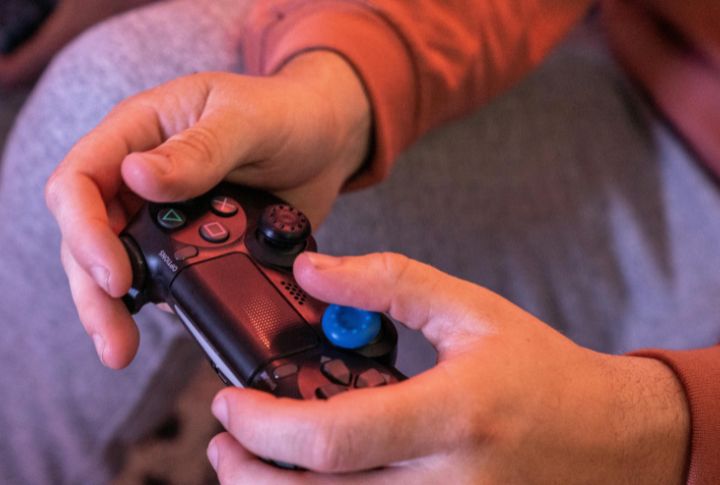
Most game controllers place primary action buttons under the right hand. While the movement is controlled by the left, precise actions require a dominant right thumb. Even arcade machines follow this setup. Left-handed gamers adjust, but it’s another example of right-handed design dominance.
Zippers and Buttons

Clothing design has long favored right-handed people. Shirt buttons require a right-handed grip, zippers are placed for a natural right-hand pull, and even pockets are positioned for easy right-hand access. On the other hand, lefties take longer to get dressed, and others simply learn to adapt without thinking about it.
Cameras

Photography equipment doesn’t favor left-handers. Shutter buttons and grips are always positioned for right-handed operation, which makes it odd for lefties to hold and adjust settings. Even tripods and external flashes often require right-handed maneuvering and force left-handed photographers to adjust their technique.
Ballpoint Pens

Most people don’t realize that many pens are optimized for right-handed use. The ink flow in ballpoint pens relies on the natural angle and pressure of a right-hander’s stroke. Left-handers, who push rather than pull the pen across the page, often deal with skipping, fading ink, and an inconsistent writing experience.
Baseball Gloves

You’ll see dozens of right-handed baseball gloves in a sporting goods store. Left-handed gloves? Maybe a couple—if you’re lucky. The same applies to golf clubs and hockey sticks. Since most players are right-handed, manufacturers don’t prioritize producing left-handed gear in large quantities.
Measuring Tapes and Rulers

Numbers on most measuring tapes and rulers are printed to be easily read when held in the right hand. Some left-handers using a standard measuring tape often have to twist oddly, while others have to read numbers upside down. This makes precise measurements more complex than they need to be.
Cars and Vehicle Controls

From gear shifts to ignition placements, vehicle interiors assume right-hand dominance. Even in left-hand-drive countries, critical controls—like wiper switches and infotainment buttons—favor right-handed use. While left-handed drivers manage, the setup is never quite as intuitive for them.
Power Tools
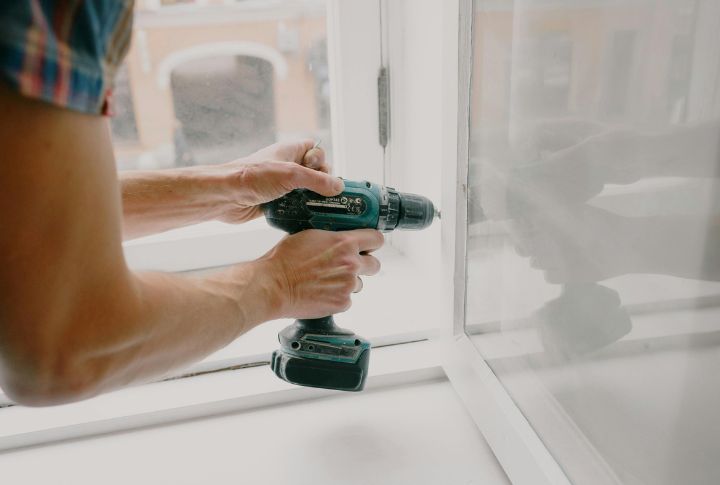
Many power tools, including drills, saws, and nail guns, have safety switches and grips positioned for right-handed users. This isn’t just inconvenient—it’s a safety risk. Left-handers must use tools in an odd way and modify their grip, which can lead to dangerous mistakes.
Public Transport Ticket Machines

Have you ever noticed where the card reader is when you tap your metro card? It’s usually positioned for a smooth right-hand swipe. Lefties either have to reach across their body or switch hands to make it work. The same applies to ticket machines, which often have keypads set up for right-handers.
Kitchen Tools

Many kitchen utensils, from ice cream scoops to ladles, are ergonomically designed with a curved grip—shaped for a right-handed hold. This makes it difficult for left-handers to use them comfortably, forcing them to struggle with poor angles as others even buy specialized left-handed versions.
Supermarket Checkout Counters

Grocery store checkouts are structured for right-handed efficiency. Card readers are positioned for a smooth right-hand swipe, while conveyor belt controls favor right-handed cashiers. Even the bagging area is often set up for right-hand use and left-handed shoppers, and workers must adjust to the current system.
-

 Travel6 days ago
Travel6 days ago10 Remote Hideaways Scattered Across The Great Basin
-

 Cities2 months ago
Cities2 months ago15 US Cities Where You Can Live Car-Free with Ease
-

 States6 months ago
States6 months ago10 U.S. States Facing Groundwater Depletion
-

 Lifestyle9 months ago
Lifestyle9 months ago15 Things You Should Never Say on a First Date
-

 States12 months ago
States12 months ago10 Treasured Parks You Should See Before It’s Too Late
-

 Travel2 weeks ago
Travel2 weeks ago10 Evolved Military Sites Of Pre-Independence America
-

 Health8 months ago
Health8 months ago10 Phrases That Make Sensory Overload Worse
-

 Lifestyle6 months ago
Lifestyle6 months ago10 Lines That Pop An Ego Without Starting A Fight
